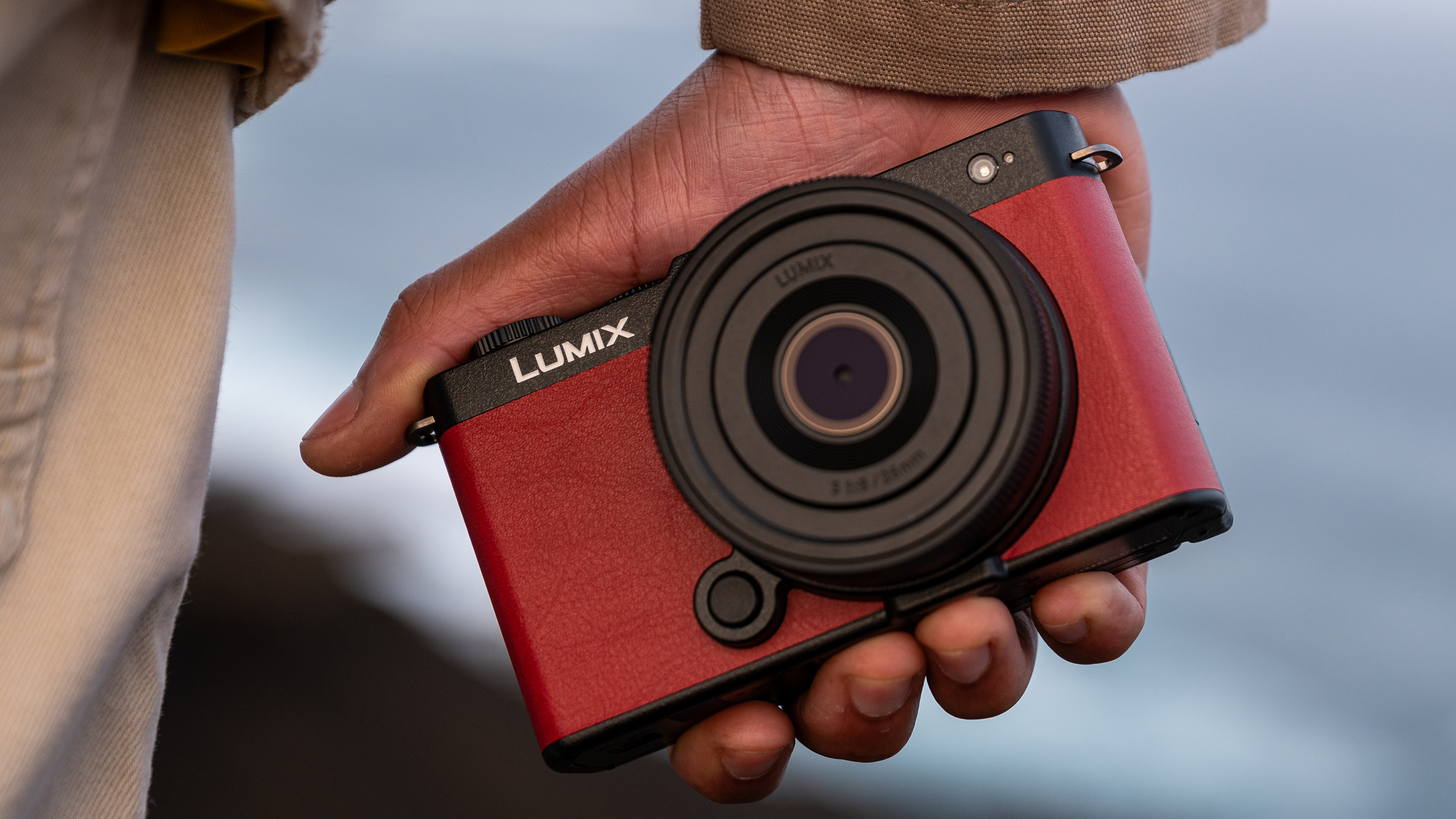Canon EOS R3 vs Sony A1: specs and features compared
If you’re looking for a high-end mirrorless camera the Canon EOS R3 and the Sony A1 must be at the top of your list
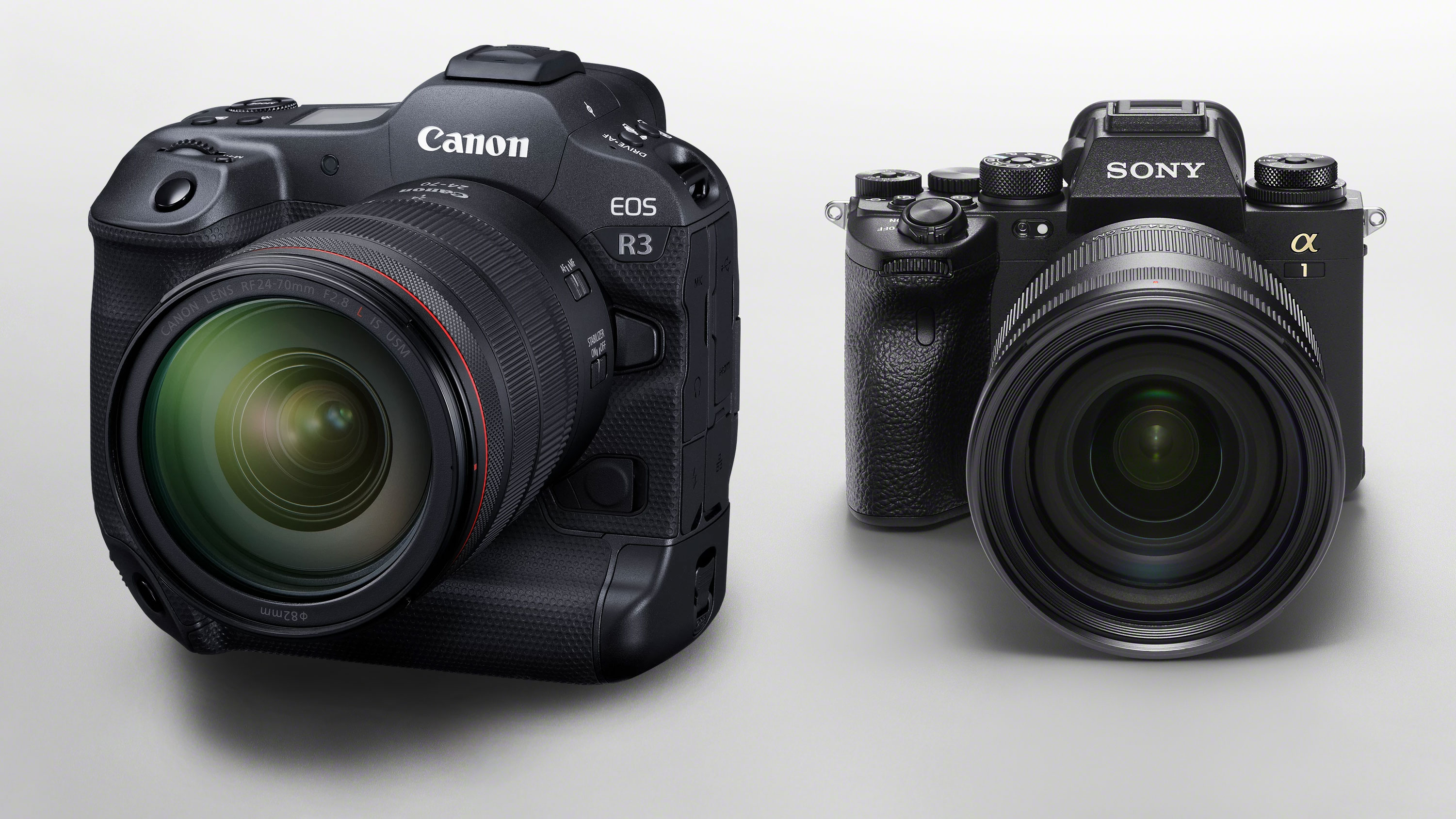
In January 2021, Sony won the race to announce the first truly professional-level mirrorless camera when it revealed the Sony A1. It’s Sony’s most advanced camera to date and has specifications designed to turn the heads of professional photographers and content creators.
A few months later, Canon began teasing us ahead of the arrival of the Canon EOS R3 in September 2021. It might sit below the Canon EOS-1D X Mark III in the company’s line-up but it’s Canon’s flagship mirrorless camera and it’s aimed at professional news and sports photographers who need a camera they can rely on.
In this post we compare the key specifications of the Canon EOS R3 and Sony A1 and identify their most significant differences.
1. Sensor
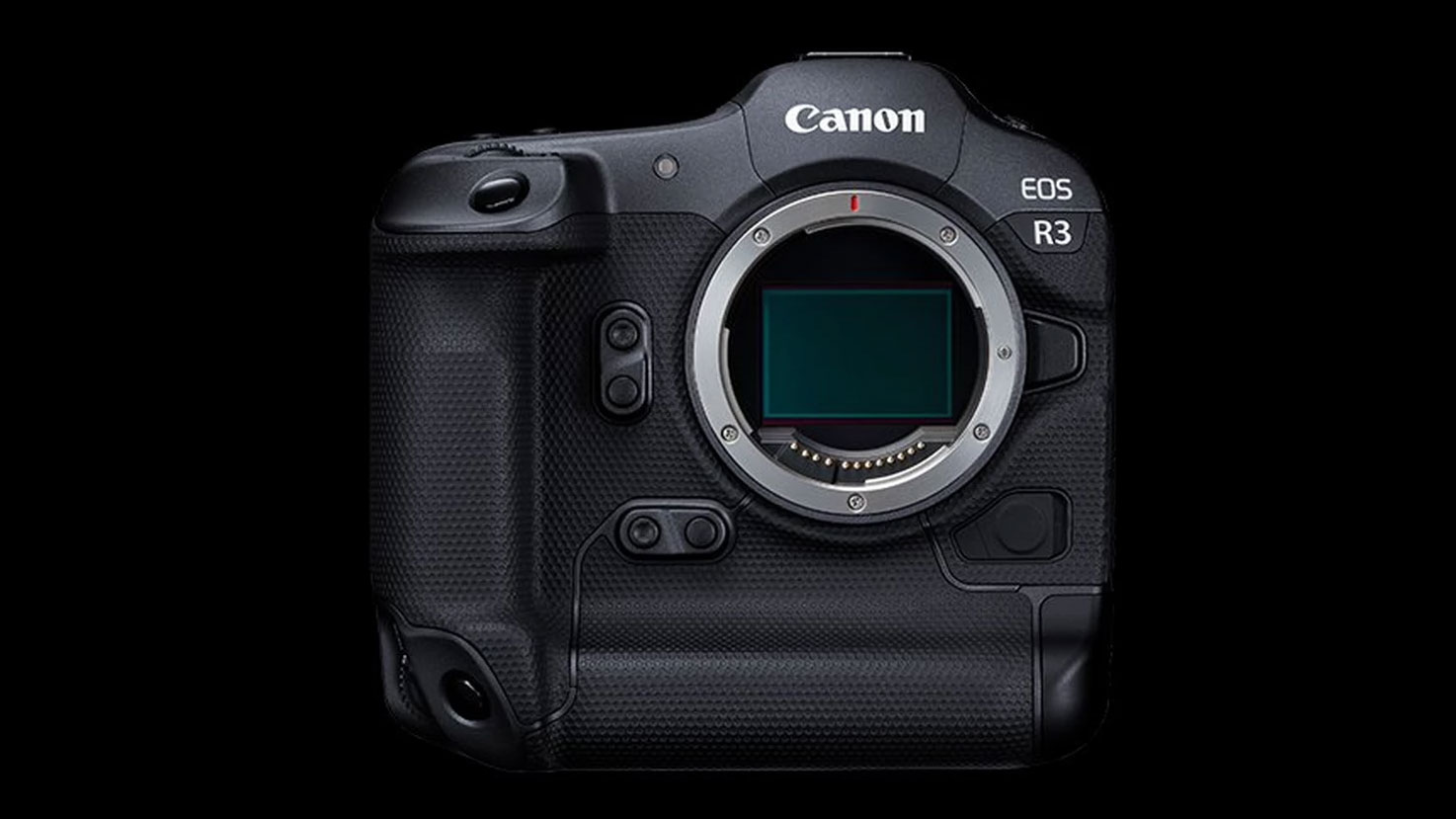
• Canon EOS R3: 24.1Mp full-frame BSI stacked CMOS
• Sony A1: 50.1Mp full-frame BSI stacked Exmor RS CMOS
While Canon and Sony both plumped for backside-illuminated stacked CMOS sensors for their flagship cameras, the Sony A1 has roughly twice the pixel count of the Canon R3. As well as enabling the A1 to capture larger images with more detail, the higher pixel count of the Sony camera gives greater scope for cropping.
However, the more modest pixel count of the R3 gives it an advantage in low light. Consequently, the EOS R3 has a sensitivity range of ISO 100-102,400 (expandable to ISO 50-204,800) for stills while the Sony A1’s range is ISO 100-32,000 (expandable to ISO 50 to ISO 102,400).
2. Size and weight
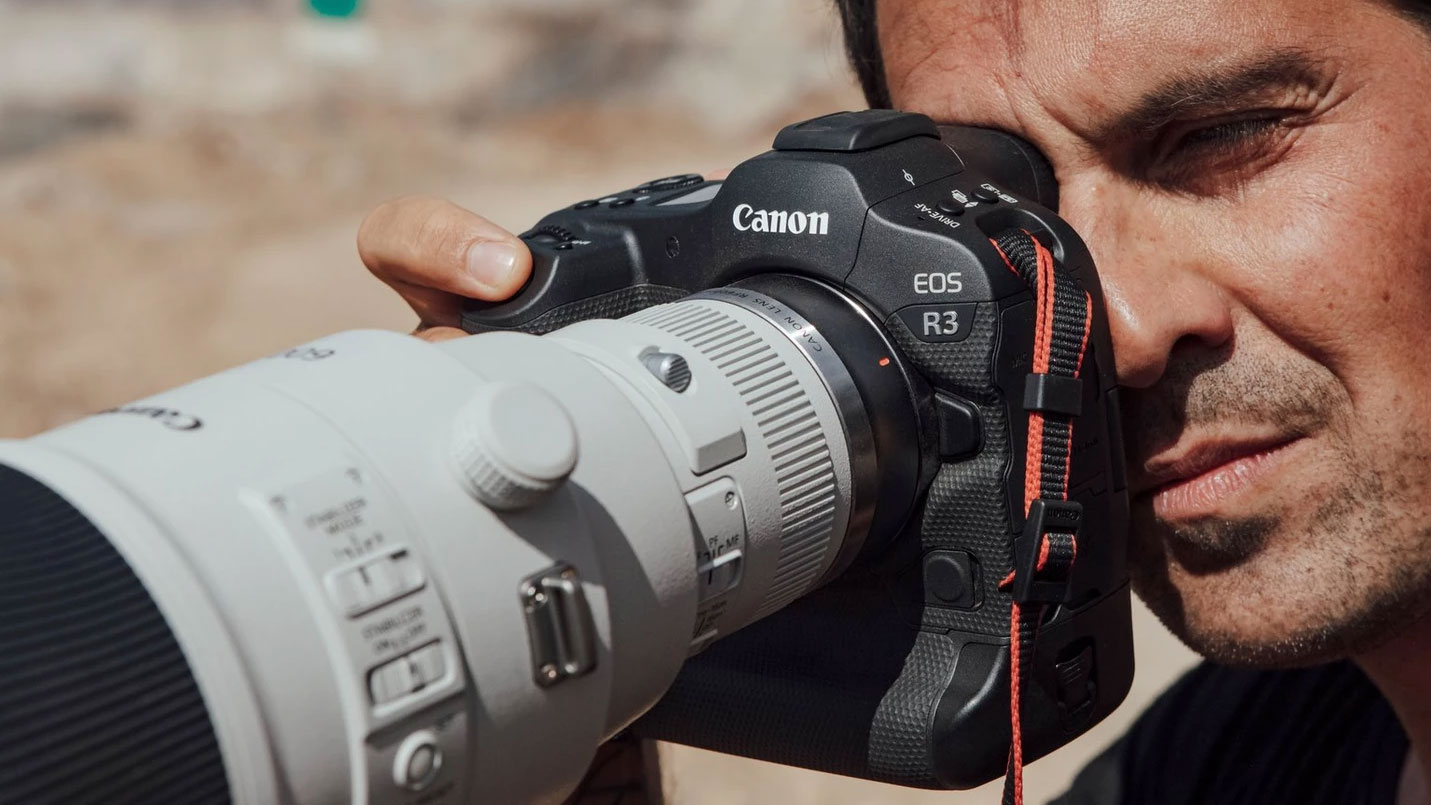
• Canon EOS R3: 150 x 142.6 x 87.2mm, 1015kg
• Sony A1: 128.9 x 96.9 x 80.8mm, 737g
There’s a significant difference here because the Canon R3 is a double-gripped camera. That means that there’s a dedicated grip for use when you’re shooting in portrait orientation as well as the usual landscape-orientation grip.
Sony on the other hand offers a separate battery grip that can be mounted on the A1, potentially giving best of both worlds – a small camera that can be made bigger.
3. Continuous shooting
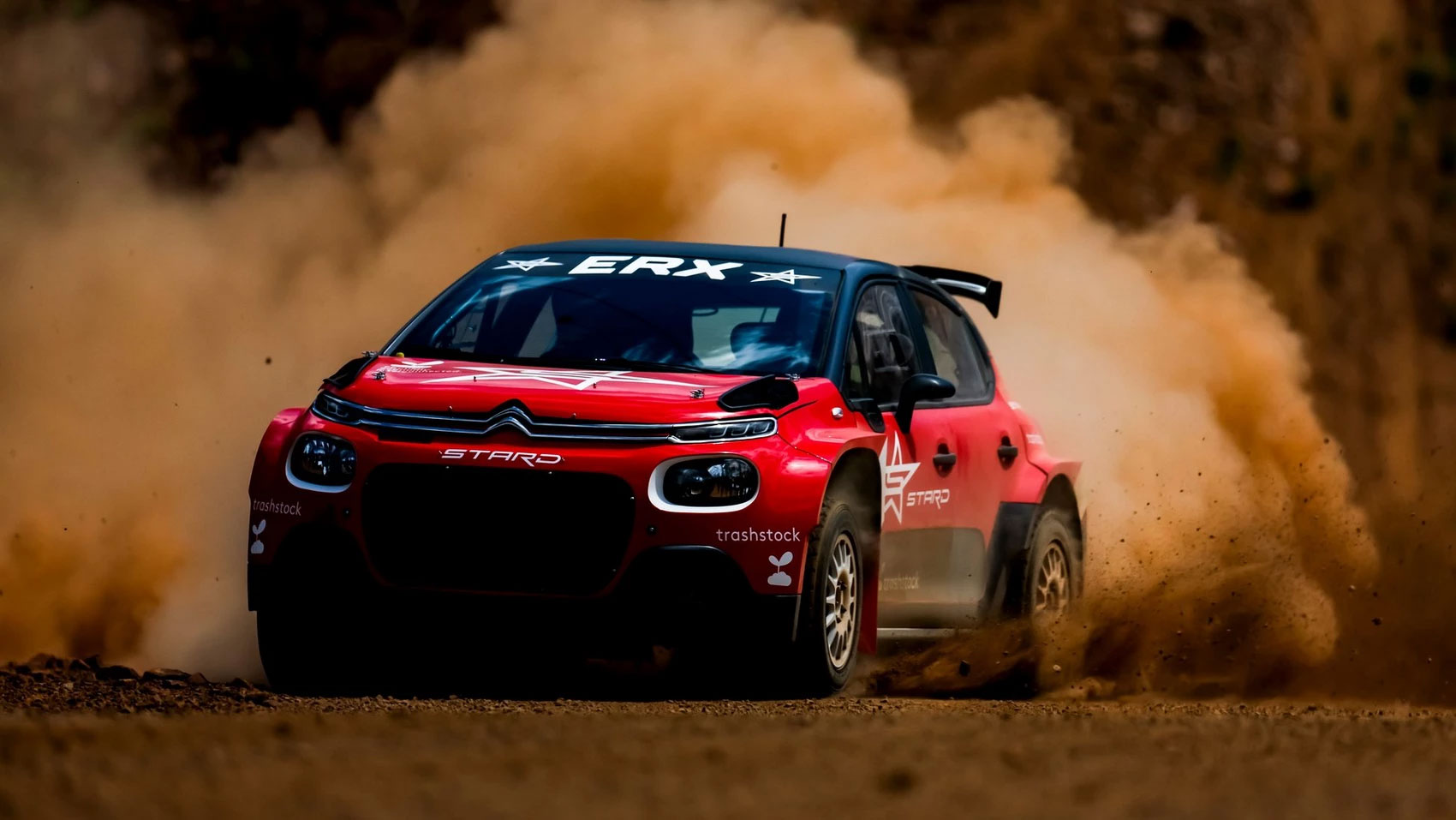
• Canon EOS R3: Mechanical shutter / 1st curtain electronic: 12fps, Electronic shutter: 30fps
• Sony A1: Mechanical shutter: 10fps, Electronic shutter 30fps
When their electronic shutters are in action, both cameras can shoot at the same blistering pace – 30 frames per second. However, with the Sony camera you have to shoot lossy compressed raw or JPEG or HEIF files to get that speed. If you want uncompressed raw images the maximum rate is 20fps.
At 30fps, the Sony A1 has a burst depth of 155 full-frame compressed raw images or 165 full-frame Jpeg images while you can expect to capture 540 JPEGs or 150 raw images on the Canon R3.
4. Stabilisation
• Canon EOS R3: 5-axis giving up to 8EV shutter speed compensation
• Sony A1: 5-axis giving up to 5.5EV shutter speed compensation
The Canon EOS R3 is the clear winner for stabilisation power, but it’s important to remember that the degree of stabilisation is dependent upon the lens that’s mounted on the camera and not all optics will enable such an impressive performance. In some cases the stabilisation level drops to 6EV.
5. Video
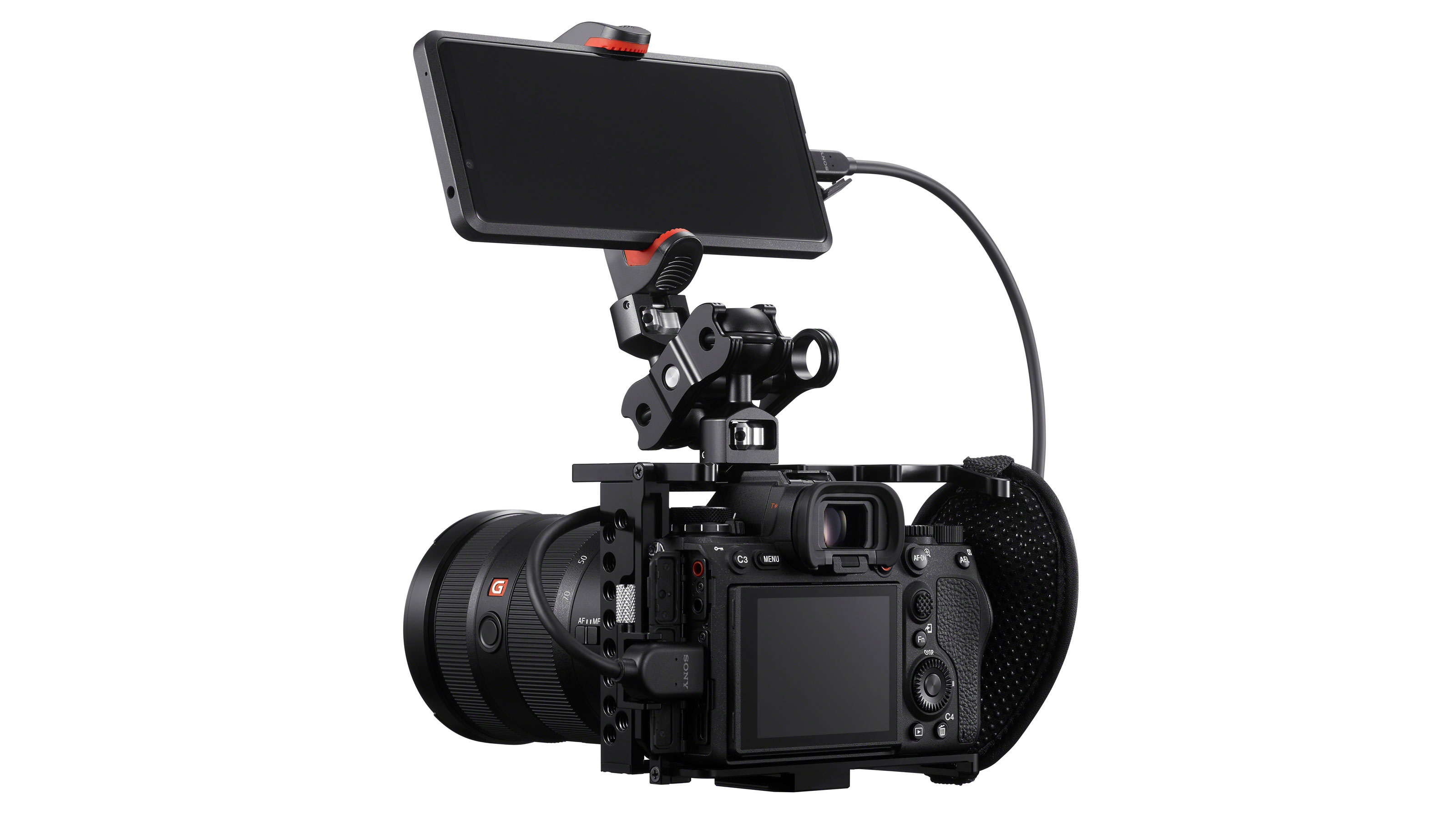
• Canon EOS R3: 6K (6000 x 3164) at up to 60p 12-bit raw
• Sony A1: 8K (7680 x 4320) at 30p in 4:2:0, 10-bit
Both cameras offer powerful video capability, but if you’re looking for the highest resolution then the Sony A1 is the winner thanks to its 8K capability. Nevertheless, with 6K video at up to 60p in raw, the Canon R3 is no slouch. Both cameras also offer 4K recording at up to 120p, but with 10-bit 4:2:2 capability rather than 4:2:0, the R3 is technically the more advanced option.
6. Autofocus
• Canon EOS R3: 1,093-point Dual Pixel CMOS AF II phase detection AF system
• Sony A1: Hybrid AF with 759 phase detection points and 425 contrast detection points
As you’d expect with modern flagship cameras, the R3 and A1 have advanced autofocus systems. The R3 has Canon’s Dual Pixel CMOS AF technology which means that every photo site is split in two and can be used for phase detection focusing. The Sony A1, however, has a hybrid system that combines phase and contrast detection.
Both cameras also have subject-detection that's designed to find and focus on humans, animals and birds. They can even detect human, animal and bird eyes and track them around the frame. The R3 also has vehicle detection which works with motorbikes and cars.
The EOS R3 also offers eye-control AF for viewfinder shooting.
7. Viewfinder and screen
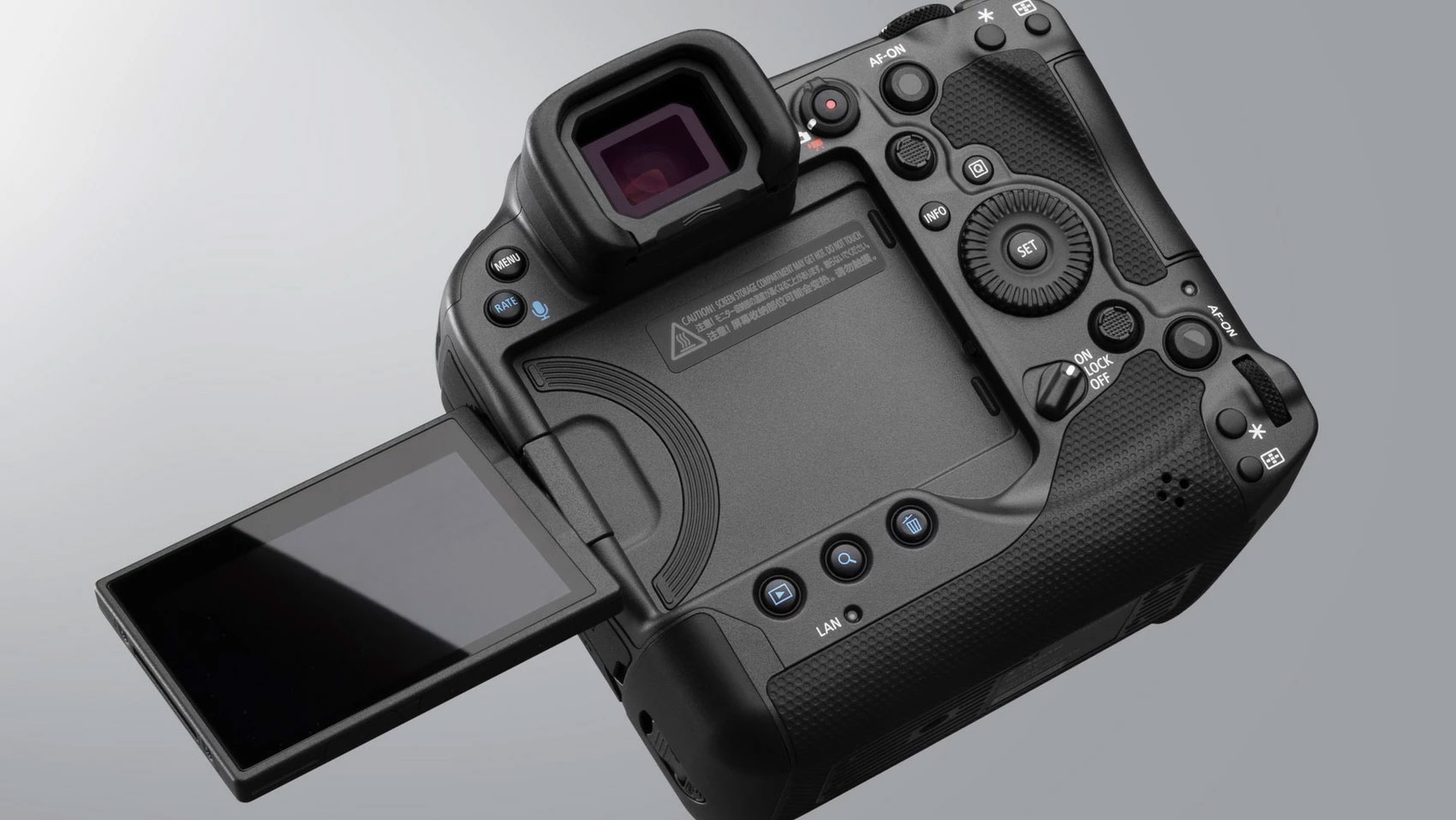
• Canon EOS R3: Viewfinder: 0.5-inch 5.76-million-dot OLED, Screen: 3.2-inch 4.15-million dot vari-angle touchscreen
• Sony A1: Viewfinder: 0.64-inch 9,437,184-dot EVF, Screen: 3-inch 1,440,000-dot tilting touchscreen
With 9,437,184-dots, the Sony A1’s viewfinder is the highest resolution finder currently available and it delivers a fabulous view. However, its resolution varies depending upon the refresh rate (up to 240fps) and magnification (up to 0.9x) that you select and its important to get the right combination for your subject.
The Canon R3 has an interesting trick up its sleeve called Eye Control AF. This uses 8 sensors in the viewfinder that detect the position of your eyeball so the camera understands where you are looking and it can select the subject for the AF system to detect.
Canon has also given the R3 a vari-angle screen which is more versatile (angled, higher resolution) than the tilting screen on the Sony A1.
8. Storage
• Canon EOS R3: Dual slot, 1 CFexpress, 1 UHS-II SD
• Sony A1: Dual, 1 CFexpress Type A or SD, 1 UHS-II SD
The A1 has two card slots that can accept SD-type UHS-I and UHS-II media and both are also compatible with the newer CFexpress type A cards. A CFexpress card is required to get the deepest burst depths and most best quality video from the camera. CFexpress type A cards are not, however, as fast as the larger type B cards used by the EOS R3, nor as widely available.
Canon has also given the R3 two memory card slots but one accepts the increasingly more popular CFexpress type B card while the other is for the common-or-garden SD type.
Canon EOS R3 vs Sony A1: conclusions

While they both have a huge range of features, the biggest deciding factors between the Canon EOS R3 and Sony A1 are likely to be their resolution and physical size. The R3 is much bigger than the Sony A1 and has a lower resolution which means it can’t capture quite as much detail but it’s a better choice in low light conditions. There’s also a vari-angle screen on the R3, which can be flipped out to give a clear view from a wide range of angles in landscape or portrait orientation, or flipped to face forward to be seen from in front of the camera – potentially making the R3 more versatile than the A1.
Both cameras have superb AF systems with the R3 adding vehicle detection and Eye Control AF to the mix. They are suitable for shooting sport or action but the extra pixels of the A1 give more scope for cropping to perfect the composition.
How we test cameras
Why you can trust Digital Camera World
We test mirrorless and DSLR cameras both in real-world shooting scenarios and in carefully controlled lab conditions. Our lab tests measure resolution, dynamic range and signal to noise ratio. Resolution is measured using ISO resolution charts, dynamic range is measured using DxO Analyzer test equipment and DxO Analyzer is also used for noise analysis across the camera's ISO range. We use these real-world testing and lab results to inform our comments in buying guides. For compact cameras and phones, we judge on real world handling and photographic results alone.
Get the Digital Camera World Newsletter
The best camera deals, reviews, product advice, and unmissable photography news, direct to your inbox!
Angela has been testing camera gear from all the major manufacturers since January 2004 and has been Amateur Photographer’s Technical Editor and Head of Testing for Future Publishing’s photography portfolio (Digital Camera Magazine, PhotoPlus: The Canon Magazine, N-Photo, Practical Photoshop, Photography Week and Professional Photography magazines, as well as the Digital Camera World and TechRadar websites). She is the founder of SheClicks - a community group that encourages and supports female photographers.

